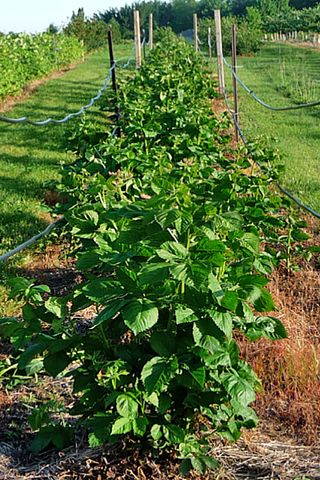The best thing to do at this point is to clean up. Grassy areas would greatly benefit from vigorous raking that would stimulate and invigorate grass growth. Spreading some fertilizer will account for early luscious grass growth. The other focus of our attention should be on ornamentals, which may require some pruning.
Why prune?
There are several reasons for pruning. Nicely trimmed shrubs and trees not only look better, but they are healthier too. Start by removing all dead, diseased and damaged shoots and limbs. Next, remove all the limbs that are crossing and rubbing, serving as a source of injury that will result in increased disease and insect injury potential.
Pruning hydrangeas
In order to improve the vigor on your hydrangea, remove some of the oldest shoots. The best blooms tend to be on the younger two- to five-year-old shoots. The shoot-removing cuts should be made at the soil line.
It is important to know what species of hydrangea you have, since this will influence
your pruning decisions. The old-fashioned, smooth hydrangea can be cut all the
way down to the ground, since they produce flowers on the current season’s growth.
On the other hand, hard-stem, woody hydrangea that produce flowers on the last
year’s shoots will require more selective pruning. The weak, thin shoots should
be removed leaving a few strong shoots.
The shrub should not be crowded with a thick shoot growth but rather airy with
some space between shoots for better air movement. Good airflow through the shrub
and/or canopy is a key to faster drying conditions and reduced potential for fungal
disease development.
 Pruning brambles
Pruning brambles
Brambles are great plants to have; however, they can be very invasive if not tamed by pruning. If not kept within the allotted space, they will take over the yard.
For florocane-bearers, or brambles that produce fruit on last year’s growth, first cut all brown, dead-looking shoots that produced fruit last year. Cut them all the way down to the ground. Next, remove all diseased and weak shoots leaving no more than five of the healthiest and strongest shoots for the upcoming season.
Primocane-bearers, which produce the fruit on the current season’s growth, can be cut down to the ground leaving a few nice and strong shoots from the previous year to produce earlier (summer) harvest. The fruit produced on the primocanes will ensure a second (fall) harvest.